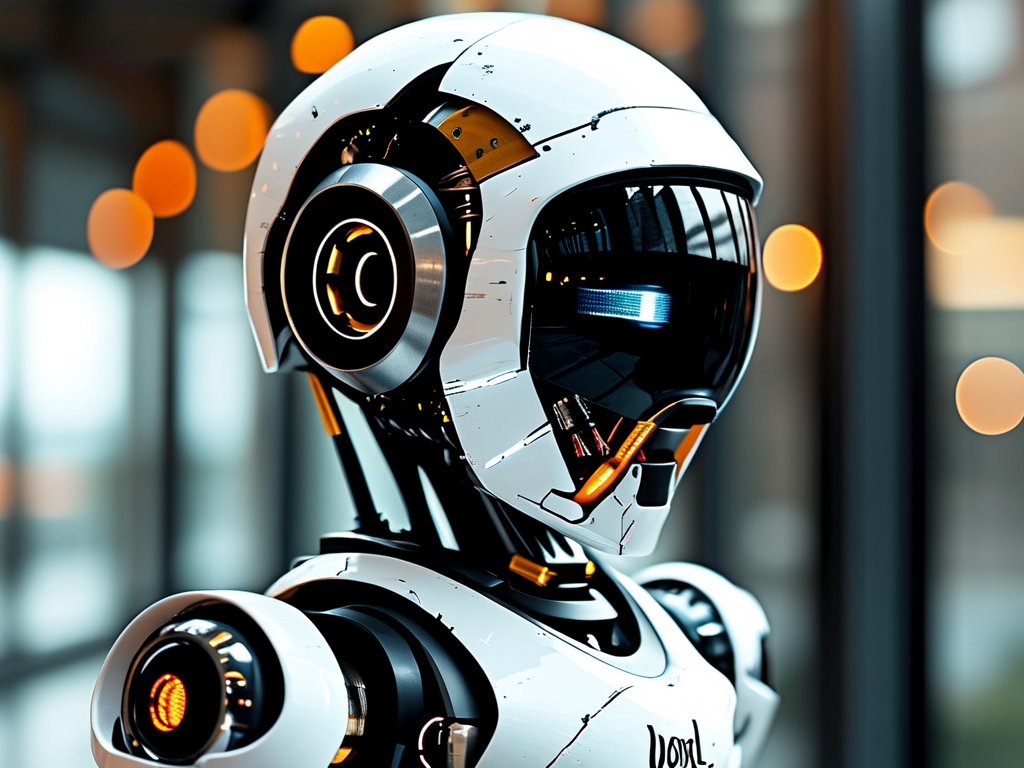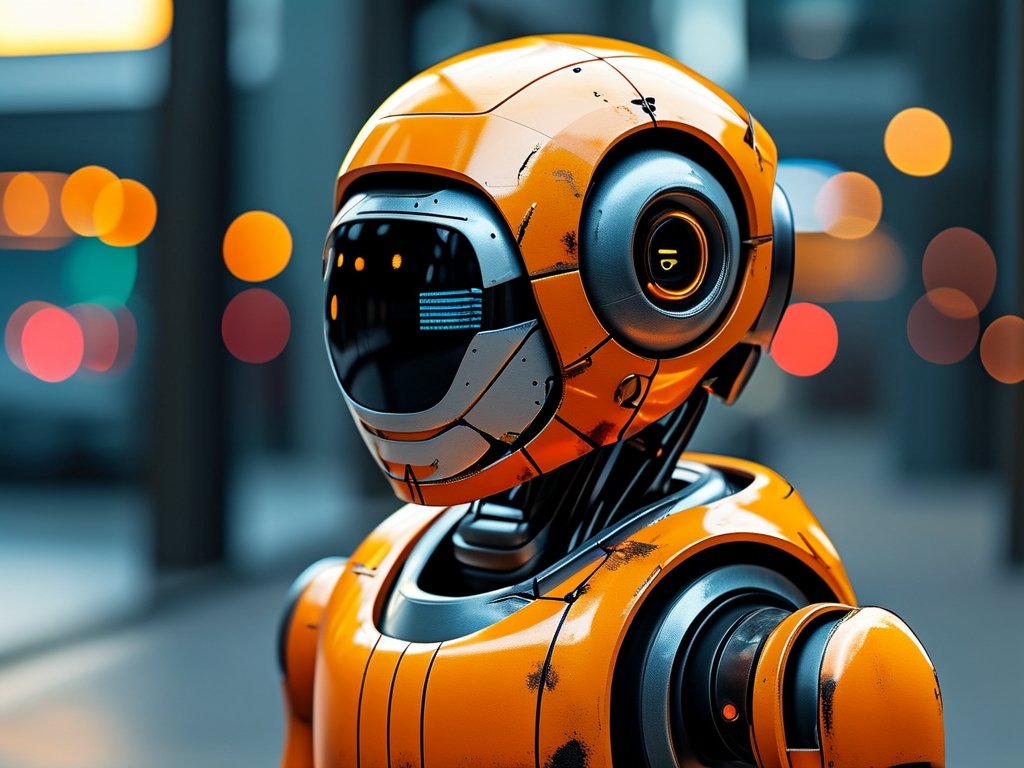The field of robotics technology has become a cornerstone of modern innovation, driving advancements in industries ranging from manufacturing and healthcare to agriculture and space exploration. As nations compete to dominate this transformative sector, global rankings in robotics technology offer insights into which countries are leading the charge—and why. This article explores the current state of robotics innovation, the key players shaping the industry, and the emerging trends redefining the future.
The Leaders in Robotics Technology
-
Japan: The Pioneer of Industrial Robotics
Japan has long been synonymous with robotics excellence. Home to industry giants like Fanuc, Yaskawa, and SoftBank Robotics, the country accounts for nearly 45% of the world’s industrial robot production. Japan’s leadership stems from its early investment in automation to address labor shortages and maintain precision in manufacturing. Collaborative robots (cobots), humanoid assistants like Honda’s ASIMO, and cutting-edge medical robots highlight Japan’s diverse expertise.
-
Germany: Engineering Precision Meets Industry 4.0
Germany ranks second globally, leveraging its engineering prowess to integrate robotics into its Industry 4.0 framework. Companies like KUKA and Siemens have pioneered smart factories where robots communicate seamlessly with IoT systems. Germany’s focus on autonomous manufacturing, supported by government initiatives like the High-Tech Strategy 2025, ensures its dominance in automotive and industrial robotics. -
United States: Innovation and Silicon Valley Synergy
The U.S. excels in AI-driven robotics, propelled by tech giants like Boston Dynamics, Tesla, and Amazon. Silicon Valley’s startup ecosystem fosters breakthroughs in autonomous drones, delivery robots, and surgical systems. The Pentagon’s investments in military robotics and NASA’s Mars rovers further underscore America’s strategic focus. However, challenges like regulatory hurdles and workforce adaptation persist. -
China: Rapid Ascent Through Strategic Investment
China has surged to fourth place, driven by its "Made in China 2025" initiative. Companies like DJI, Ubtech, and Siasun are revolutionizing consumer drones, service robots, and industrial automation. With massive government subsidies and a booming domestic market, China aims to surpass Japan in industrial robot density by 2030. Yet, concerns about IP theft and global market tensions remain.
Emerging Contenders and Regional Dynamics
- South Korea: A leader in robot density (932 robots per 10,000 workers), Samsung and Hyundai are advancing semiconductor and exoskeleton technologies.
- Singapore: This city-state invests heavily in healthcare and logistics robots, positioning itself as a hub for AI-driven automation in Southeast Asia.
- India: While lagging in industrial robotics, India’s tech startups are making strides in agricultural drones and AI-powered service bots.
Key Trends Reshaping the Rankings
-
AI and Machine Learning Integration
Modern robots are no longer confined to repetitive tasks. AI enables adaptive decision-making, as seen in OpenAI’s robotic hands and Tesla’s Optimus humanoid. Countries investing in AI research (e.g., the U.S., China) are gaining competitive edges. -
Collaborative Robotics (Cobots)
Cobots designed to work alongside humans are revolutionizing SMEs. Denmark’s Universal Robots and Switzerland’s ABB lead this niche, reducing costs and improving safety. -
Ethical and Regulatory Challenges
As robotics permeates daily life, debates over job displacement, data privacy, and autonomous weapons intensify. The EU’s proposed AI Act and Japan’s Robot Ethics Charter aim to balance innovation with accountability.
The Road Ahead
By 2030, the global robotics market is projected to exceed $210 billion. Nations prioritizing STEM education, public-private partnerships, and ethical frameworks will likely dominate future rankings. Meanwhile, breakthroughs in quantum computing and biohybrid robots could redefine the boundaries of what robots can achieve.

In , robotics technology is not just a measure of national competitiveness but a transformative force reshaping economies and societies. As the race accelerates, collaboration—not just competition—will determine how humanity harnesses this power for global good.




